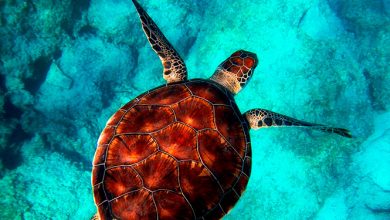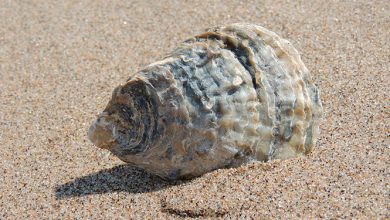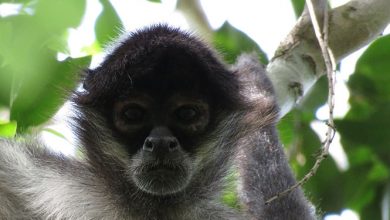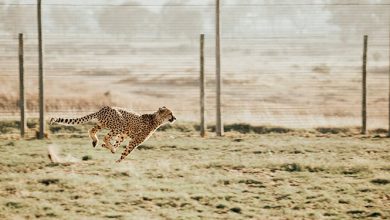Morelet’s Crocodile
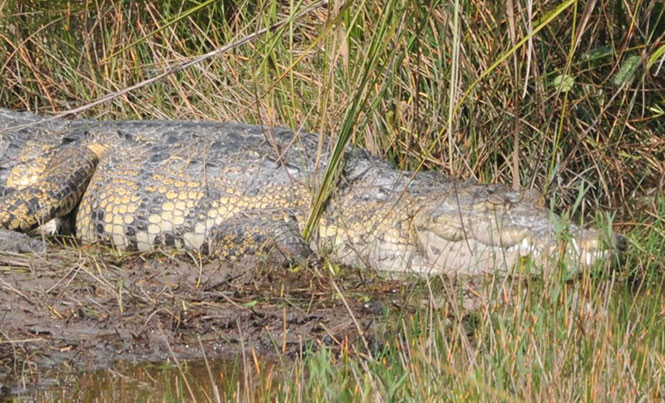
Instead of hunting it to extinction for its skins, the community of Uxuxubi is asking for assistance with preserving the large animal while also providing an income source for communities
The National Commission on the Knowledge and Use of Biodiversity (CONABIO) of Mexico and the Responsible Ecosystems Sourcing Platform (RESP) based in Switzerland began an interesting partnership to save the Morelet crocodile, otherwise known as the swamp crocodile
The “pilot project for sustainability, system production and tracking of crocodile skin of the swamp crocodile in Mexico” has as an objective to establish a high quality system for producing swamp crocodile skins, based in conserving the numbers of the species and its habitat. The plan is considering the installation of Management Units for the Conservation of Wildlife managed by local communities, backed by monitoring activities and sustainable scientific standards.
Instead of promoting hunting the swamp crocodile, the project promotes the extraction of a certain quantity of eggs to be taken to incubators, taking the 90% mortality rate of the eggs of this crocodile species to a 95% survival rate.
In Quintana Roo, in the community of Uxuxubi on the southern limit with Tulum, is home to the Moreleti Crocodile Sanctuary. A few years ago, as a result of hunting and exploitation, the numbers of this species was reduced considerably. However, as Miguel Pani Can, president of the Uxuxubi Cooperative remembers, when ecotourism activity began, locals adopted a different consciousness of respect and began to let the crocodile population grow again.
With this project, the habitants of Uxuxubi are asking CONABIO to include them. Pani Can indicates, “we have the intention to continue conserving crocodiles and all the animals who live in the lagoon, but we don’t have the training to do it the right way”. The swamp crocodile is one of the three species of crocodiles that live in Mexico, along with the river crocodile and the caiman.
Currently, the commercial crocodile skin industry in Mexico yields around 1,500 skins per year and come from only those producers who contribute in a limited manner to conservation of the species and its habitat. Overall, the global market is estimated at 1.5 million skins per year and is from the species like the Mississippi crocodile, the salt water crocodile from Australia, and the Yacare caiman from Argentina, which generate earnings of millions of dollars each year. Although they have not been able to conduct a census on the number of crocodiles which live in the Uxuxubi lagoon, the increase in numbers is apparent.
“They are in their habitat. they are totally free, and we are deciding to conserve the swamp crocodile,¨ said Miguel Pani.



